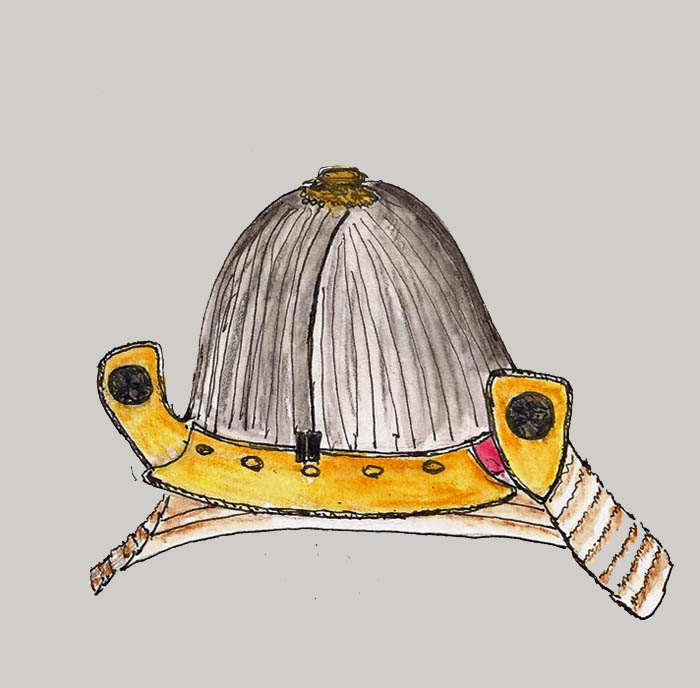The Urban Sketcher’s ‘manifesto’ is quite clear: “We draw on location, indoors or out, capturing what we see from direct observation.” I’m a diehard location sketcher. I do sometimes sketch from photos or just doodle from things my two functional neurons cough up. But I can’t really get into that sort of thing very much.
I like to draw buildings, fire hydrants, telephone poles, trashcans and vehicles, but this time of year, outdoors is inhospitable in Quebec City, at least for an Arizona cowboy like myself. For example, it’s currently 24F (-5C) with 35kmh winds just for good measure. So, the things I have available to sketch for the next few months are going to be indoors.
One of my favorite places is the Musee de la Civilisation here in Quebec. Nice ambiance, lots of things to sketch, and it’s warm. The people are also very friendly towards sketchers, which puts one at ease. So, you’ll see lots of museum sketches from me this winter.
And here are a couple more. I went to the museum last Sunday with three of my sketching buddies and we had a great time. As we were there in the morning I decided to give the Samourai exhibit my attention. Often it’s just too busy to sketch there as it’s the current ‘feature’ display, but on Sunday mornings there aren’t a lot of visitors.

Koshozan sujibachi kabuto (1588) – This is a very rare piece, constructed with 120, riveted plates. It bears the crest of the Inabi family, a very influential family of the 16th Century.
It is a dark room, with most of the Samourai armor in lighted glass cases. Sketching in the dark is an interesting challenge and more than once I had to walk to a light to see if I was doing ok with the sketch. I’ve got to get a little clip-on light I guess. These little excursions became more frequent when I was trying to figure out whether the watercolor pencil was red, orange or brown (grin).

Nagaeboshinari kabuto (Edo 17th Century) – This appears to be hammered bronze. It features the Big Dipper constellation inset into the metalwork.
These helmets were done in a Stillman & Birn Epsilon series sketchbook (5.5×8.5) using a Pilot Prera and Noodler’s Lex Gray ink. I have a handful of Faber-Castell watercolor pencils that I used to color them. I’m guessing but I think I only have 30 or so more helmets to sketch. Then I can move on to the rest of the armor, the weapons, the guys on horses. It’s going to be a fun, long winter. Where do you find your sketching inspiration during winter?
